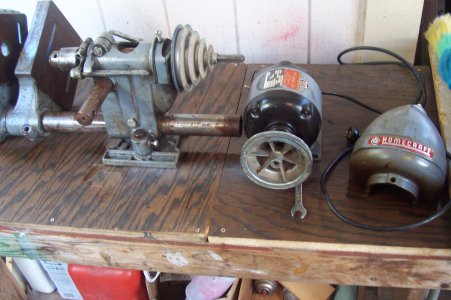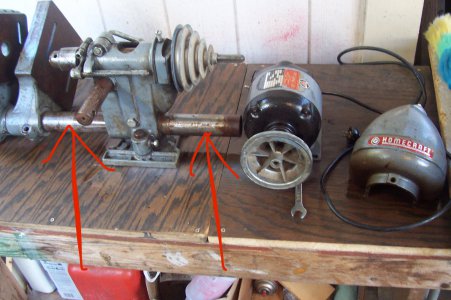Hi Dan.
You should know that you
can weld cast iron. You may not need to, if you go to the various suggestions for repair or work-around are OK for you.
There are some trick low temperature melting aluminum alloy rods that can make a "brazed" sort of repair, but the real deal are nickel alloy rods.
There is the alloy ENiFe-CI type, also known as ENi99, which is almost pure nickel 85% to 99%
It resists carbon absorptoin, so the weld remains soft. They are expensive!
E-rods are stick welding rods, considered good for tackling cast iron, though folk also use MIG and TIG if they get the right wire or feed rod.
Commonly, the 55%, or 65% nickel alloys are used. Welding cast iron is searchable.
Although there are some who can, apparently, weld direct on cold cast iron, or fill a ground out crack, without pre-heating, the known method is to pre-heat the part, though not up to red, but enough to minimise the temperature difference stresses between the hot weld and the work. Heating, and then a quick final surface clean with wire brush or grind, and then put on the weld. If you have quite a lot to build up, then let that heat spread in stages. Keeping it hot on a camping gas burner is another trick some do.
It seems there is value in not letting the melt have enough time for a lot of carbon to migrate into your new metal. Also, when done, put it into a can of wood ash, and cover over, and leave to cool slowly. None of these ways are a "must", but there are lots who have successfully welded cast iron. In the case of your part, it may be "cast semi-steel", which fares somewhat better when welded.
Here is something from This Old Tony, but there are lots of others.




